Indonesia is building a capital city from scratch
With Jakarta sinking, Indonesia is building a new city in the jungle
Welcome back to the Off Site, brought to you by Aphex.
As usual, we’ll be exploring a momentous construction project — but this time, it’s not just a single project, but an entire city.
The Nusantara project in Indonesia doesn’t just involve building a vast presidential palace, clearing a 2,500km² swathe of eucalyptus forest, or constructing a city’s-worth of green energy infrastructure.
It’s all of these, but also public transport, roads, bridges, dams, an international airport, schools, shops, offices and houses, water, sewerage, electricity and telecommunications infrastructure…
It takes a lot to make a city. And Indonesia is building one from scratch.
The problem with Jakarta
Indonesia is facing an urban crisis.
Its capital city, Jakarta, is one of the most densely populated cities in Southeast Asia. 32.6 million people live in the greater metropolitan area, and the central city is home to 10.67 million people.
With brutal congestion issues and a growing urban population, Jakarta’s infrastructure is strained beyond capacity. Also, the city is sinking.
Jakarta’s flooding is made worse by its colonial-era infrastructure, which wasn’t designed for the wet tropics. Much of its water supply is withdrawn from groundwater, lowering the water table and causing parts of the city to sink up to 25 centimetres a year.
Combining all this with rising sea levels and worsening monsoon seasons means that Jakarta’s flooding will only get worse. A history of incremental fixes hasn’t meaningfully shifted the dial.
The government’s solution? Build a new capital, 2,000 kilometres away.
Relocating Indonesia’s centre
Jakarta’s problems aren’t new, and neither is the solution of moving the capital—it was first suggested during the Suharto regime in the 1980s. What’s new is the idea of building it from scratch.
Indonesia is carving Nusantara out of the East Kalimantan region, on the island of Borneo. The $35 billion project aims to relocate the seat of power, encourage migration, and ease pressure on Jakarta by 2045.
This isn't a complete relocation of Jakarta's population—the goal is to take the pressure off Jakarta, and signal Indonesia’s ambition to the rest of the world. Nusantara aims to have 1.9 million residents by 2045.
Planning Minister Suharso Monoarfa said that “The new capital has a central function and is a symbol of the identity of the nation, as well as a new center of economic gravity.” Widodo has described the old Jakarta palaces as "overshadowed" by a "colonial smell."
Others have a more jaded view: Stephen Sherlock, Professor at ANU’s Southeast Asia Institute, explains that, "In no sense is it an economic centre of Indonesia or a demographic centre. It's just that if you look on a map, it looks like it's roughly in the centre of Indonesia."
A new home in the rainforest
Nusantara is an Indonesian word for ‘archipelago.’ Also referred to as IKN (Ibu Kota Negara, ‘Nusantara Capital City’), the building of Indonesia’s new national capital was announced by Former President Joko Widodo in 2019, and work began in 2022.
While much of the rest of Borneo is tropical rainforest—including protected orangutan habitat—the Nusantara site is carved out of 2,500km² of eucalyptus plantation.
The remoteness of East Kalimantan means building basic connectivity infrastructure from scratch is necessary before anything else can happen.
When complete, the city will run on solar, wind, and hydropower. Nusantara’s proponents regularly point to its clean, green aspirations: ‘low carbon emissions’ is fourth in Nusantara’s eight ‘guiding principles’.
But, its construction is largely powered by East Kalimantan coal — the region has four of the five biggest coal mines in the country. Five new dams have also been planned on the Kayan River to support the development.
The construction timeline
The project is structured in five phases, running until 2045.
Phase I (2022-2024) focussed on core government buildings and housing for civil servants. Officials say they've completed the state palace, government offices, civil servant apartments, toll roads, bridges, and water supply infrastructure.
Though much surrounding infrastructure remained unfinished, former President Widodo began working from the new presidential palace in August 2024.
Nusantara International Airport opened in late 2024 with a 3,000-metre runway, and can currently serve narrow-bodied aircraft.
Phase II (2025-2029) will expand legislative and judicial complexes. Plans include 97 apartment blocks and 129 low-rise residential buildings. The government allocated 48.8 trillion IDR ($2.8 billion) from the state budget for this phase.
Mass public transportation systems and connections to nearby Samarinda City are planned for the final 2040-2045 phase. A toll road between Nusantara and the seaport city of Balikpapan is already more than 90% complete.
‘Smart city’ ambitions
On top of its basic infrastructure, Nusantara aims to be a "smart forest city" with 75% green space and carbon neutrality by 2045.
The digital infrastructure includes a National Data Centre with 160 petabytes of storage, 5G networks, and an Integrated Command and Control Centre.
The government has published a broad outline of what is planned and what has been completed, but many details remain high-level or are still evolving.
Who's building what
The Nusantara Capital Authority (NCA) coordinates overall development. The Ministry of Public Works and Public Housing supervises Indonesian construction firms for government buildings and infrastructure.
Seven initial investors have completed feasibility studies for residential development, with investment potentially reaching 150 trillion Rupiah.
CITIC Construction (China) leads residential development, responsible for up to 60 residential towers primarily for civil servants under a public-private partnership scheme. Representatives and analysts have identified China’s significant investment in Nusantara as part of its Belt & Road Initiative.
Indonesian state enterprises handle significant portions. PT Nindya Karya is involved in feasibility studies and residential towers. PT Perintis Triniti Properti, PT Intiland Development, and Ciputra Group are all working on housing projects.
Malaysian companies IJM Corporation and Maxim Global are participating in residential tower development.
Specialised facilities go to specific agencies. Pos Indonesia is building the logistics hub. Radio Republik Indonesia is constructing broadcasting facilities.
Many contracts remain in feasibility or bidding stages.
The funding problem
The government's plan relies on private investment covering 80% of the $35 billion cost. This hasn't materialised as hoped.
Investment Minister Bahlil Lahadalia told lawmakers that insufficient foreign capital had come forward, blaming incomplete core infrastructure. Finance Minister Sri Mulyani said the government had spent $4.5 billion over the last three years.
Attracting private investment requires meaningful incentives. To try to attract more investors, the Indonesian government has promised significant tax breaks and land rights for up to 190 years.
Still, public opinion remains mixed. A 2021 survey by the Indonesian Survey Institute found widespread concern about the project's economic and social implications. After all, moving the capital was first proposed in the 1980s. And recent purpose-built cities like Malaysia’s Forest City are evidence that even if a metropolis is built, it’s another thing convincing people to live there.
Progress and politics
Current President Subianto, who succeeded Widodo in 2024, maintains committed. But some critical infrastructure including water and housing systems remains incomplete or delayed. And the actual development pace is lagging behind official targets.
IKN's success depends on maintaining political support across multiple presidential terms–and, at the same time, building a functional city from scratch faster than private investors lose patience.
For now, it's a half-built capital serving a few government functions, with most of the ambitious infrastructure still on paper. Whether Indonesia can execute this vision while meeting environmental and timeline goals remains to be seen.
On the pod
This week, Jason and Carlos discuss funding for a smart hardhat workforce tracking startup, explain why construction events aren’t very interesting, and debate the merits of go-to-market approaches for construction tech businesses.


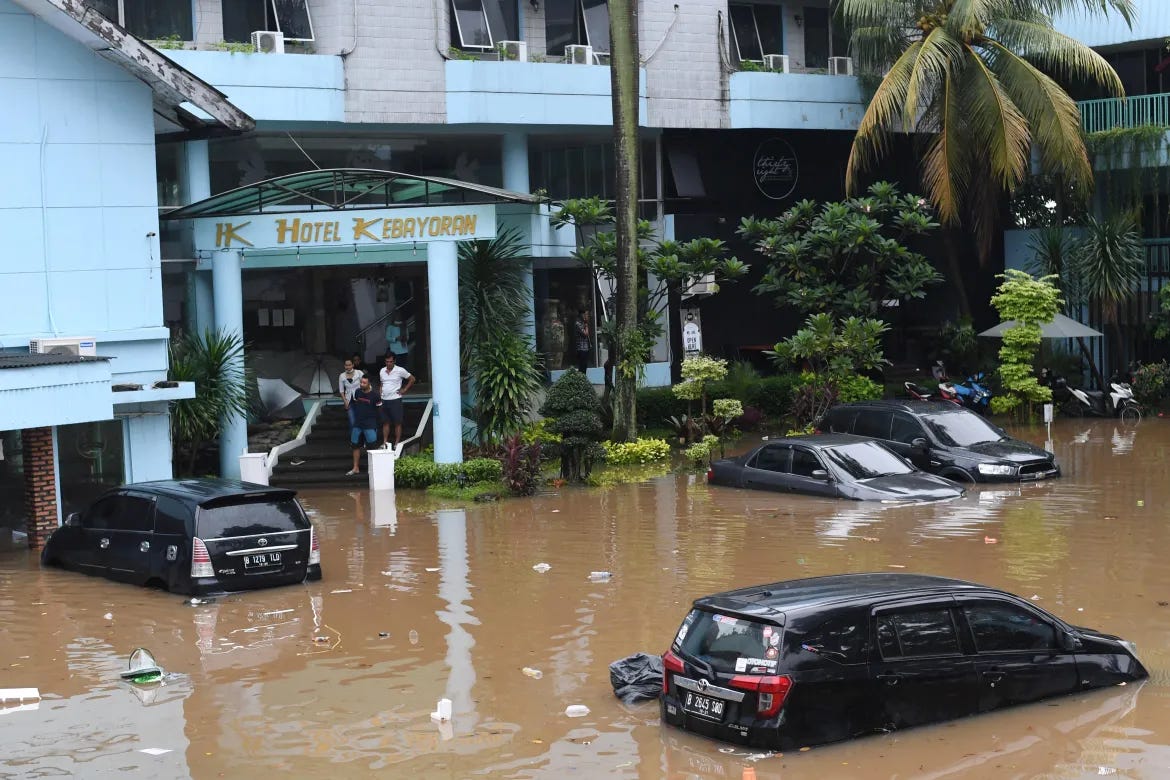
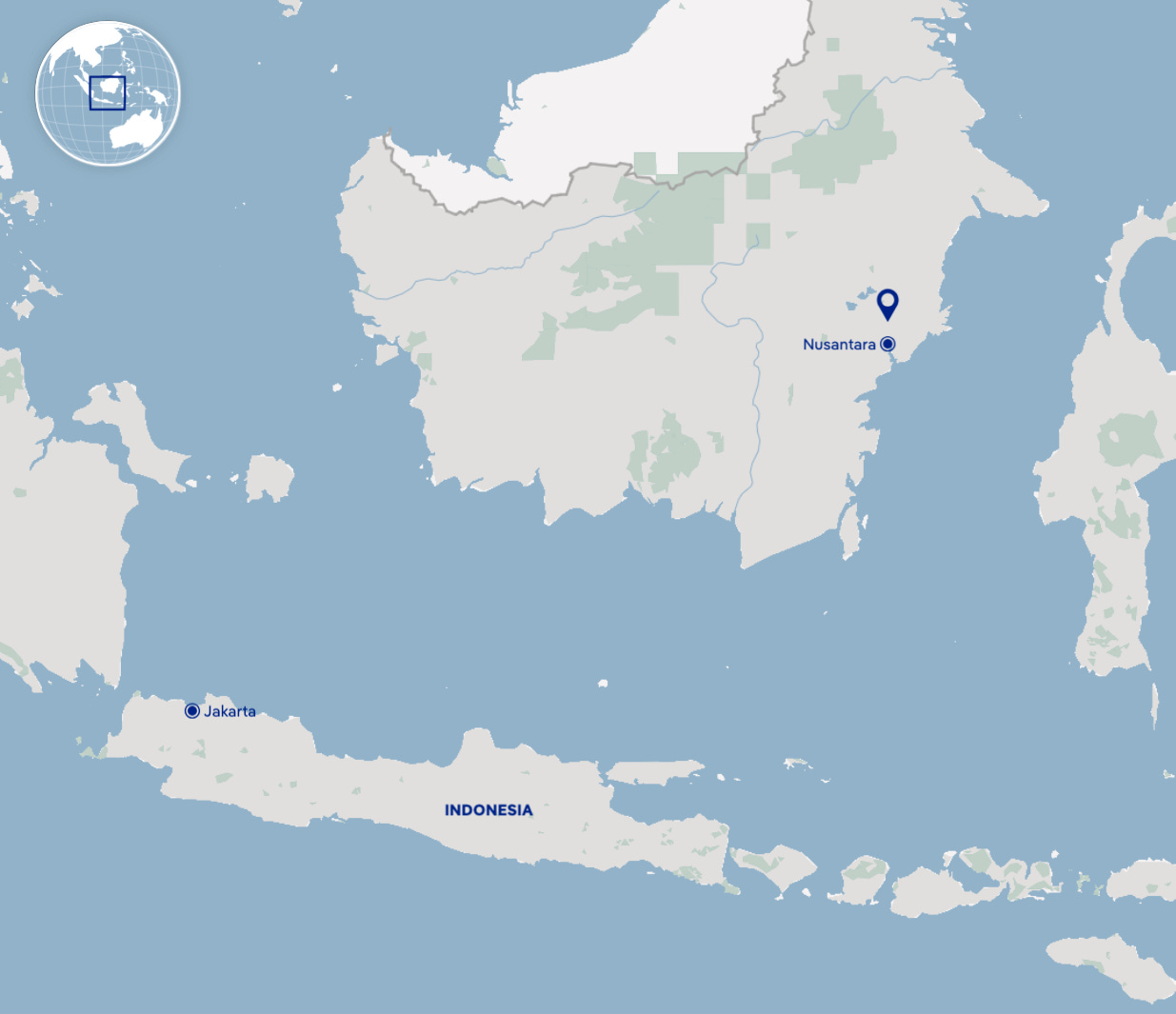
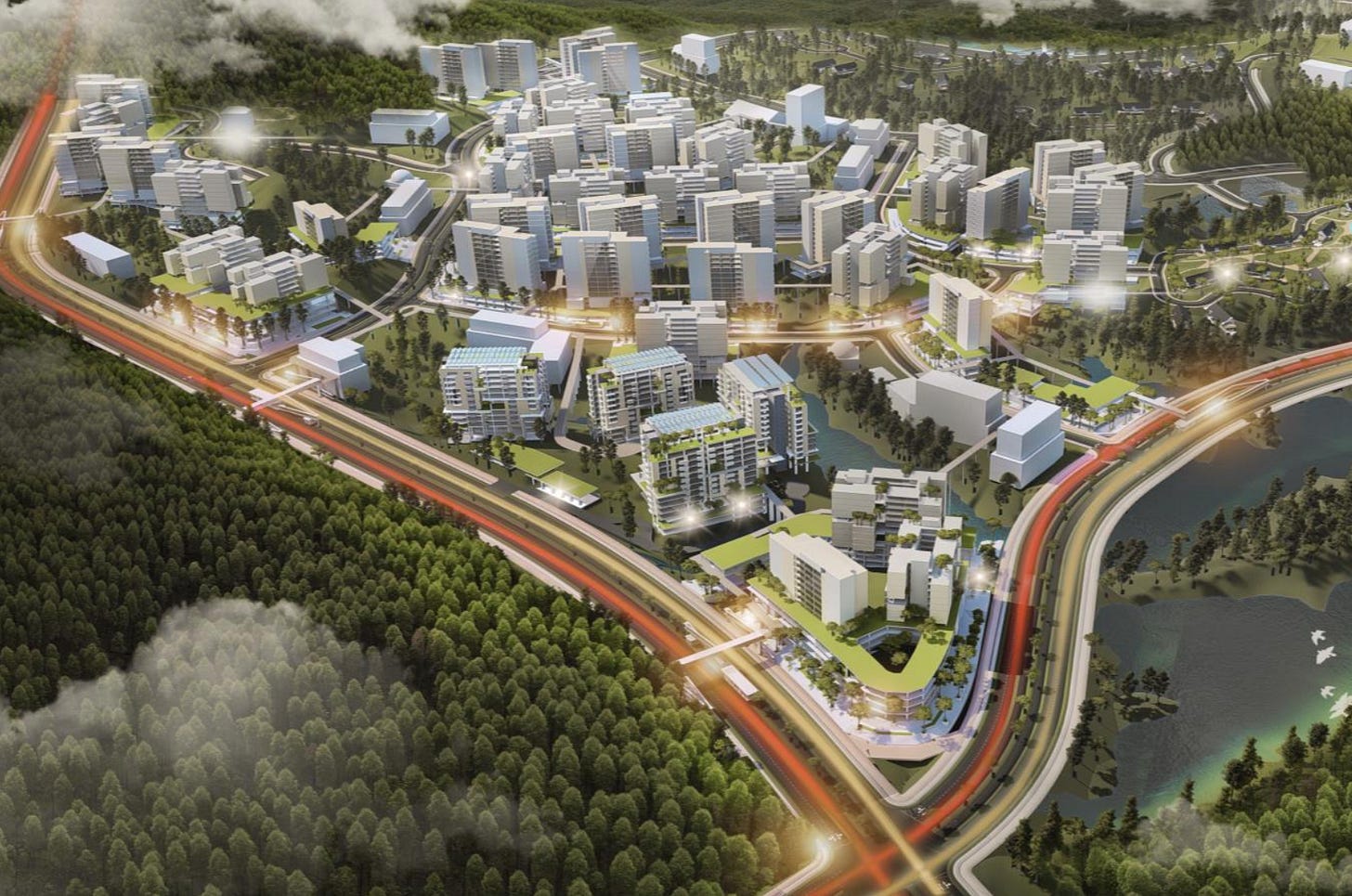
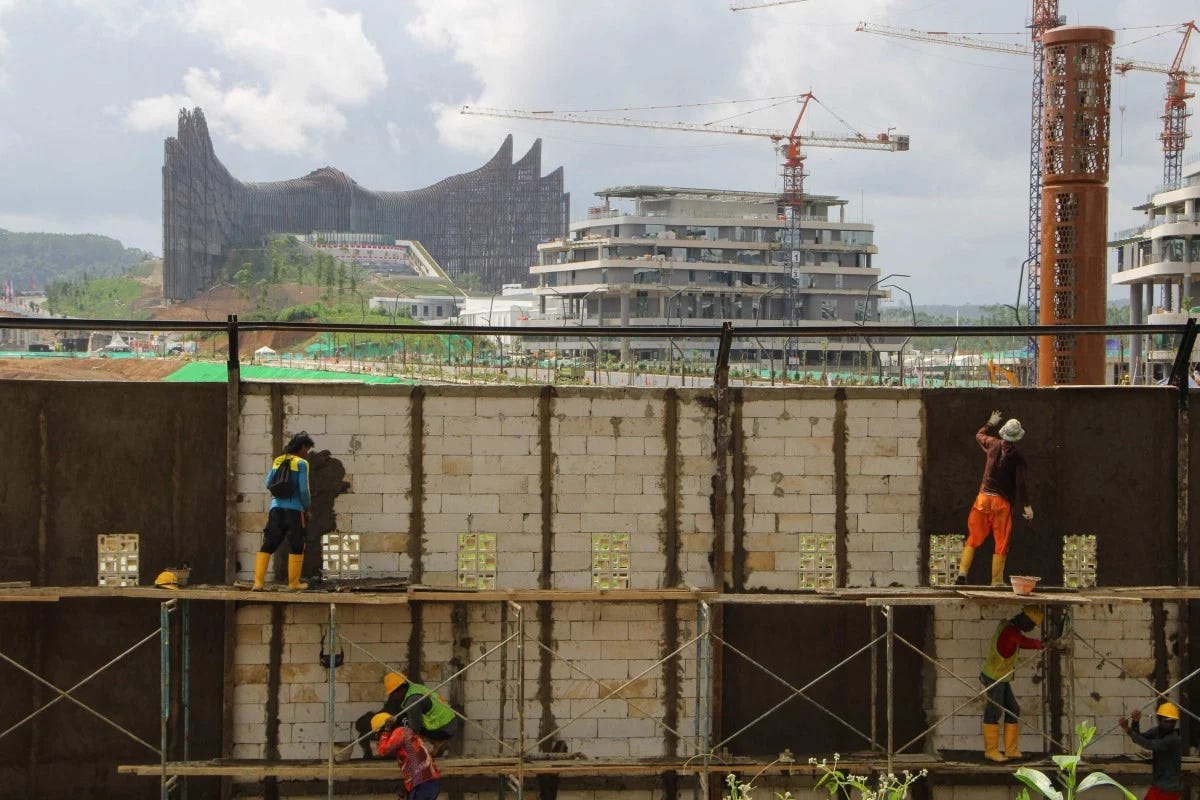
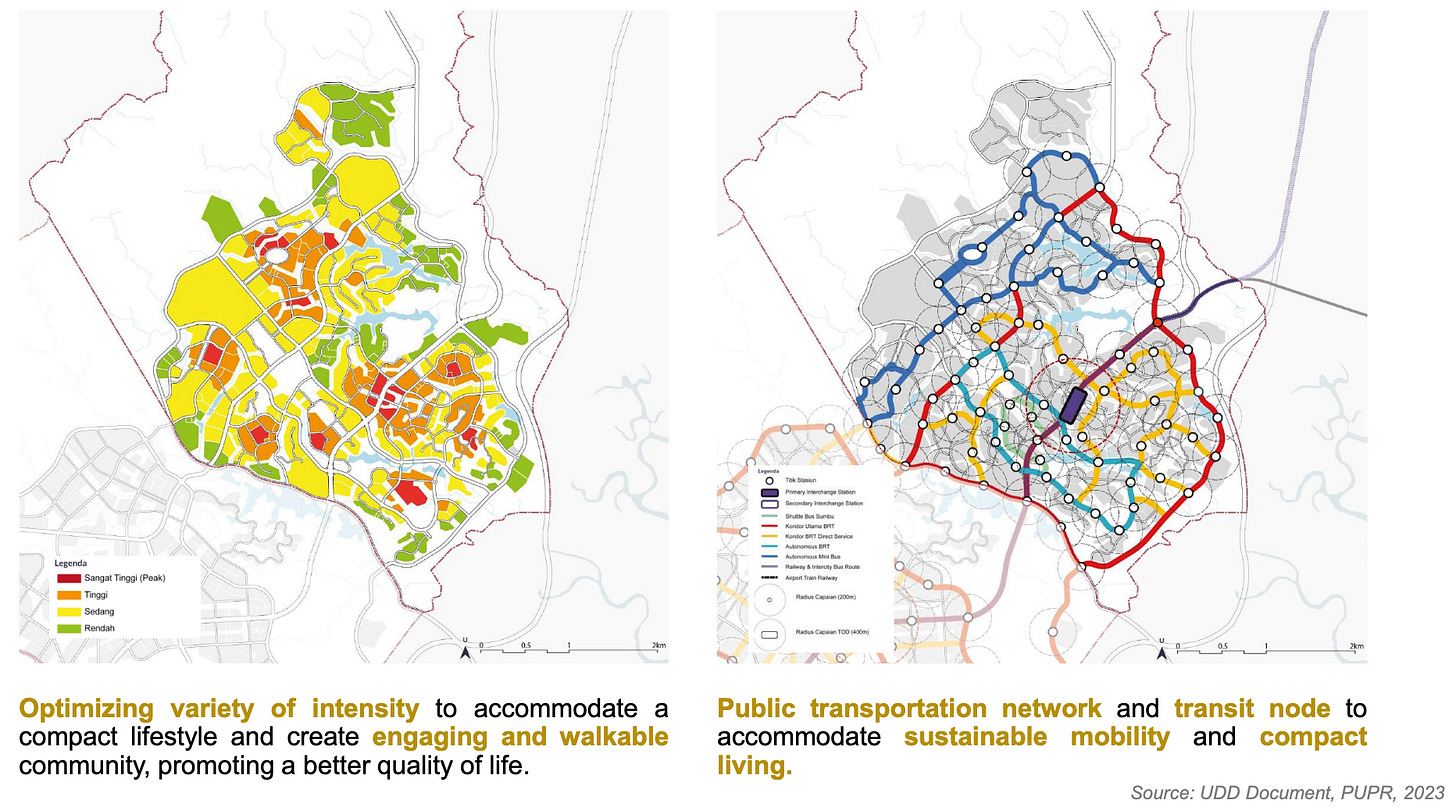
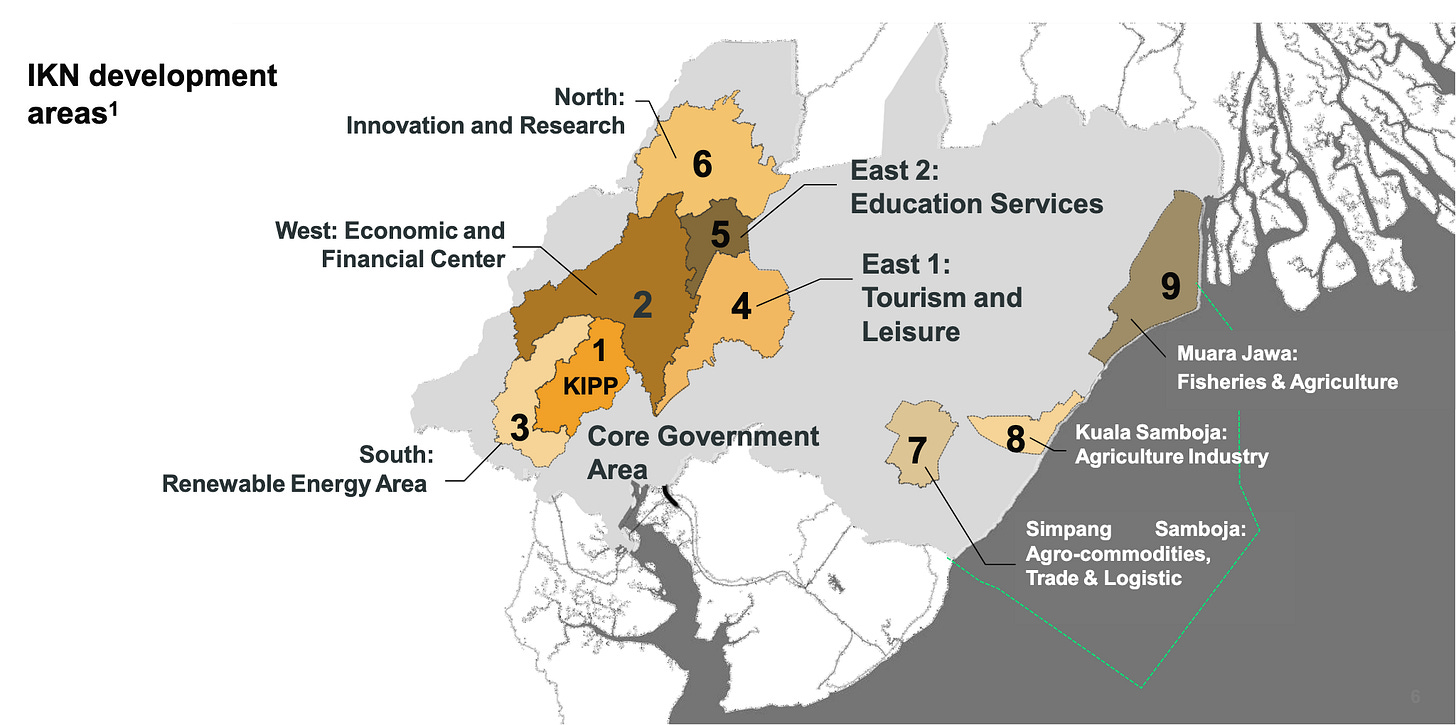
Truly informative. Thank you for sharing.